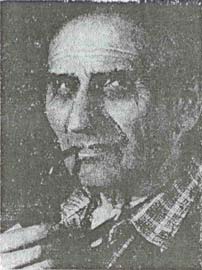 The Wind Tunnel in Polizu at the time of its inauguration represented one of the most advanced aerodynamic labs in the world. The tunnel was designed by Ion Stroescu (1888-1961), based on an original blue print, which included a patent and more innovations worldwide. Ion Stroescu was a sports teacher, but with a passion and a fascinating intuition for aerodynamics. Today, he is recognized as inventor and pioneer in experimental aerodynamics. He had built his first Wind Tunnel in 1927 at Râmnicu Sărat, in the sports room of the high school he was teaching.
The Wind Tunnel in Polizu at the time of its inauguration represented one of the most advanced aerodynamic labs in the world. The tunnel was designed by Ion Stroescu (1888-1961), based on an original blue print, which included a patent and more innovations worldwide. Ion Stroescu was a sports teacher, but with a passion and a fascinating intuition for aerodynamics. Today, he is recognized as inventor and pioneer in experimental aerodynamics. He had built his first Wind Tunnel in 1927 at Râmnicu Sărat, in the sports room of the high school he was teaching.
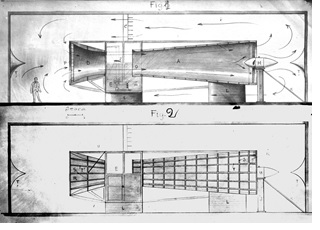
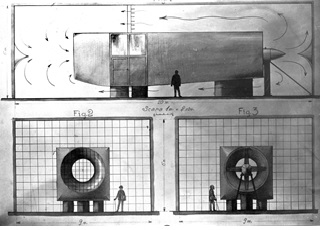
In the same year, he applies for two valuable patents, for controlling the boundary layer by injection-suction and blowing-out (patents 11.169/1925 and 13.677/1925 Ion Stroescu).
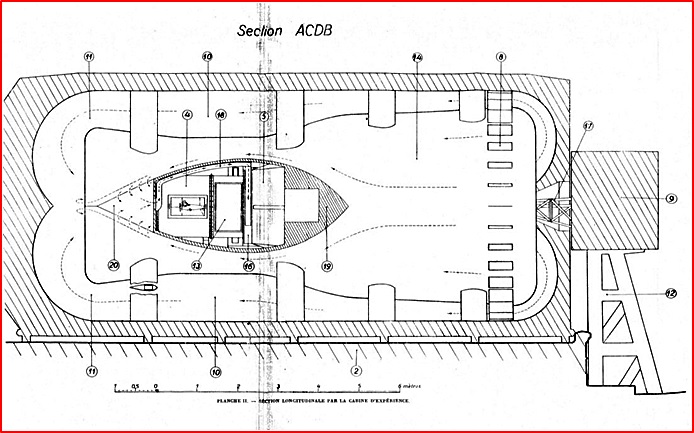
Illustrations show the blue prints of the Wind Tunnel in Râmnicu Sărat and photos during construction.
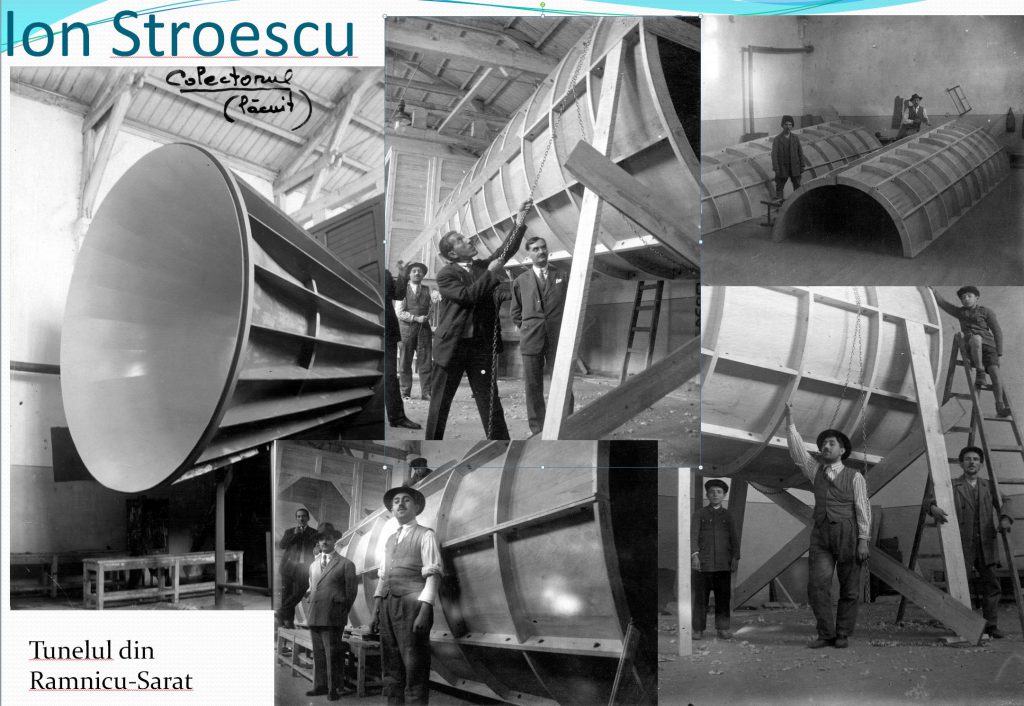
The new Wind Tunnel attracted Prof. Elie Carafoli’s attention, the well known Romanian aerodynamics expert, the founder of the aeronautical engineering school. He tried to stop the demolition of the tunnel, ordered by the Ministry because it ”abusively” occupied the sports room. He did not managed that, but managed instead to get an order for Ion Stroescu to be assigned at the Politechnical School.
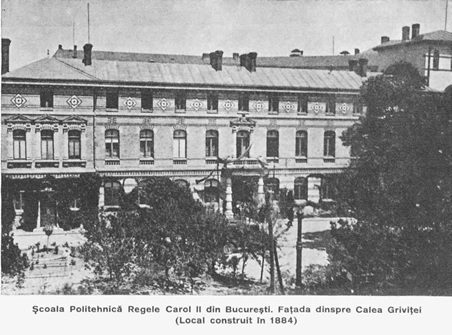
In 1929 Carafoli appointed Stroescu as assistant professor at the Department of Aerodyanmics. Under his supervision, Ion Stroescu designed and managed the works for the new Wind Tunnel of Polizu.
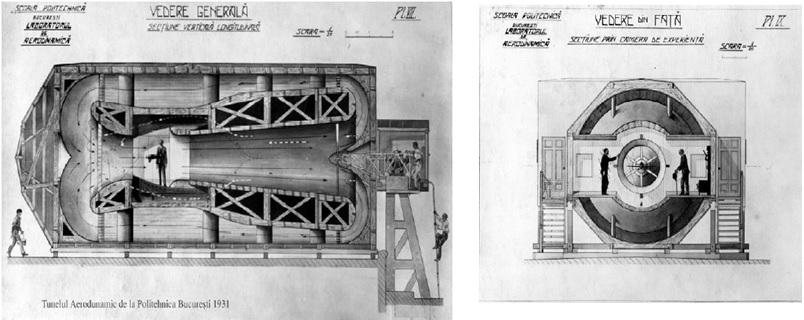
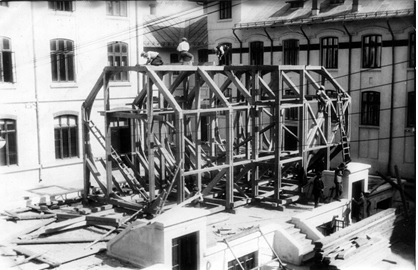
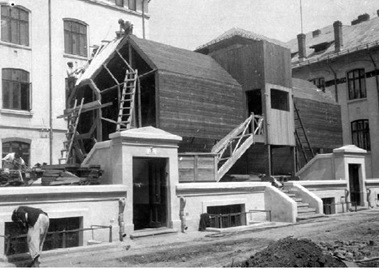
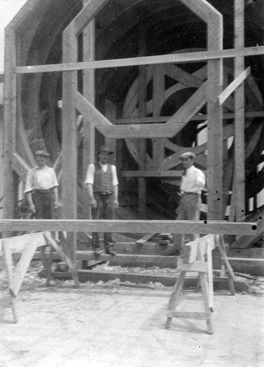
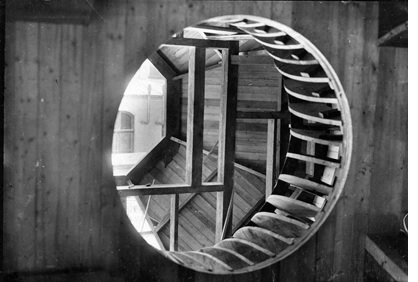
In the experimental section of the tunnel, the models of all Romanian airplanes were to be tested. The room was equipped with an aerodynamic strain cage, another invention, which demonstrate the creativity of the Romanian pioneers of aerodynamics.
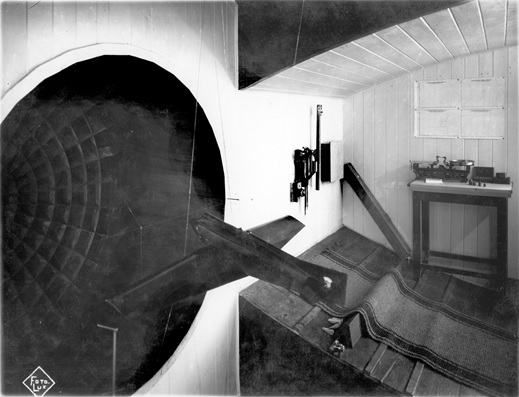
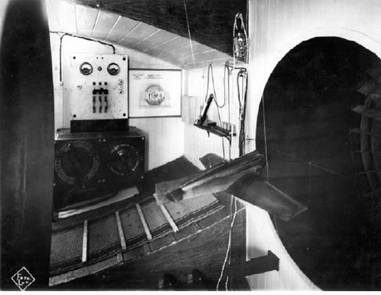
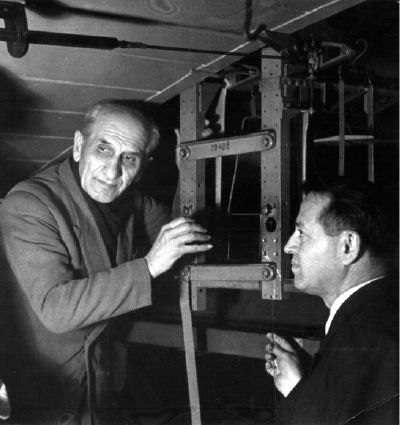
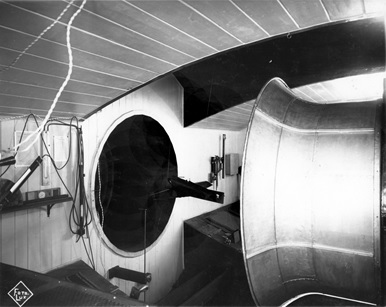
On 7 May 1931, King Carol the 2nd, together with Prince Nicolae, with Prime Minister Nicolae Iorga and with the Rector of the Politechnical School, Nicolae Vasilescu-Karpen inaugurate the most important Wind Tunnel in South-East Europe, and one of the most advanced and well equipped in Europe at the time.
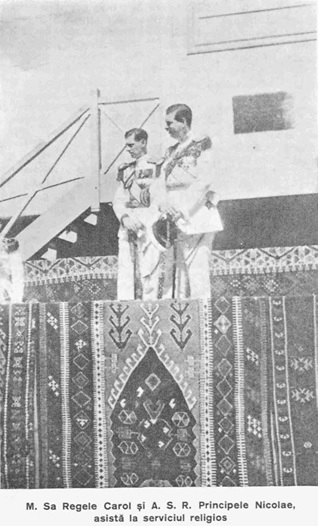
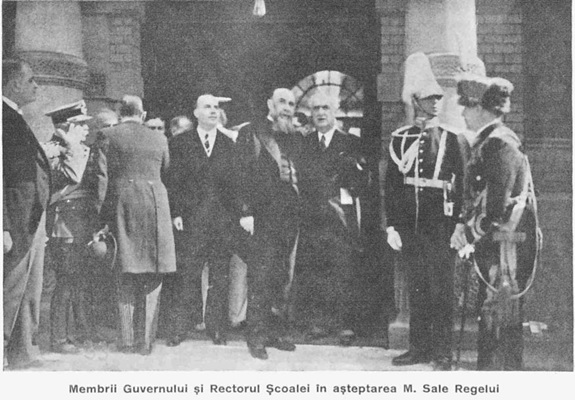
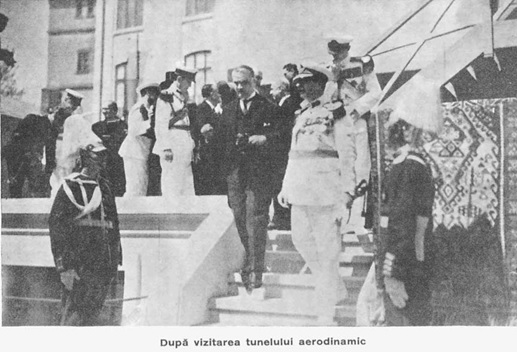
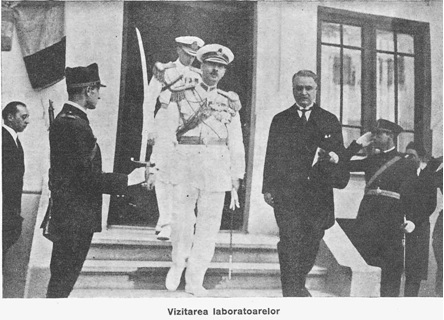
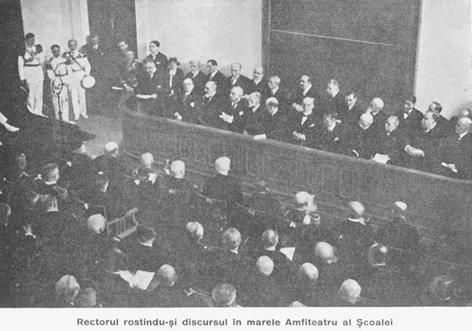
We may easily recognize the ”Grand Amphitheatre of the School”, currently known as the F024 Acad. Virgiliu N. Constantinescu Amphitheatre of the Faculty of Aerospace Engineering. The Wind Tunnel in Polizu contributed to the relative superiority of the Romanian aeronautical industry before and during WWII. Hundreds of new aircraft designs, wing airfoils and other parts could be tested. Some of the aircraft designed in this Wind Tunnel were matching the performance at the highest standards worldwide, competing with American, British or German aircraft.
In 1937 Ion Stroescu got another assignment, with the Faculty of Sciences of the University of Bucharest, by the Laboratory of Prof. Victor Vâlcovici, who was PhD in aerodynamics from the school of the well known scientist Ludwig Prandtl (1931).
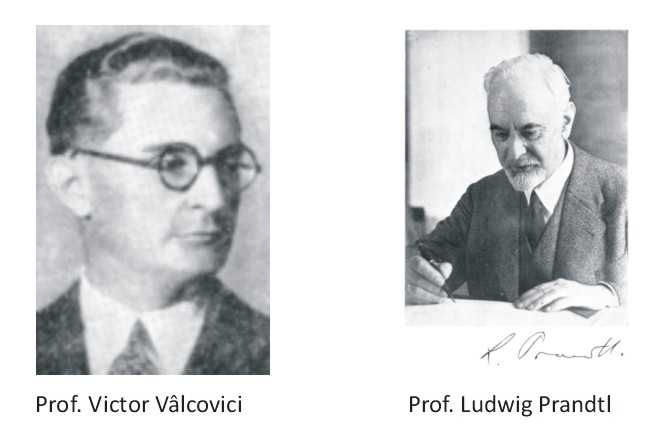
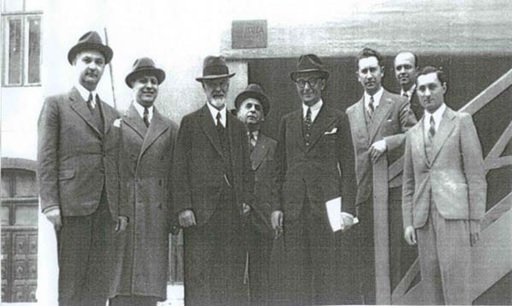
Ludwig Prandtl visited the Politechnical School in 1941, particularly to see the Wind Tunnel in Polizu. In the picture, from left to right: C.C. Teodorescu, Elie Carafoli, Ludwig Prandtl, Dionisie Germani, Victor Vâlcovici, Lucius Saveanu, Ion Cârstoiu and Nicolae Tipei.
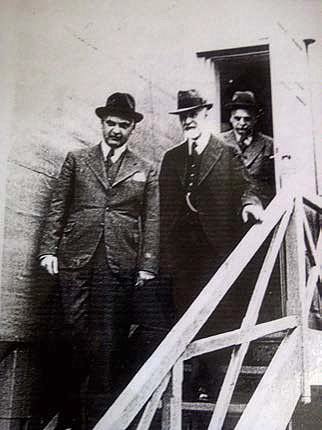
On the stairs of the tunnel, in this photo there are C. C. Teodorescu, Ludwig Prandtl and Dionisie Germani.
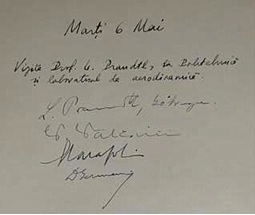
The experimental results at the end of an intense effort under the supervision of Prof. Vâlcovici, and later (after 1941) with the participation of the young mathematician Ion Șabac, the Wind Tunnel in Polizu and its creator Stroescu get an international recognition.
In 1943, Ion Stroescu’s presentation at the Research Academy in Berlin attracted appreciative remarks by Professors Ludwig Prandtl and A. Betz.
In 1946 at the Fourth Congress of Applied Mechanics, Ion Stroescu presents at Sorbone the paper “A New Type of Wind Tunnel”.
“Prof. Edmond Brun requested permission to use the blue prints of the Bucharest Wind Tunnel to build a similar one at Sorbone” (Prof. V. Vâlcovici).
In the years 2000-2008, under the supervision of Prof. Sterian Dănăilă, through significant financial efforts, the Wind Tunnel in Polizu was refurbished and modernized, becoming a valuable laboratory of aerodynamics. Very sensitive decisions were taken, trading off the preservation of the historical and patrimonial value, and the modernization of the laboratory to the 21st Century standards.
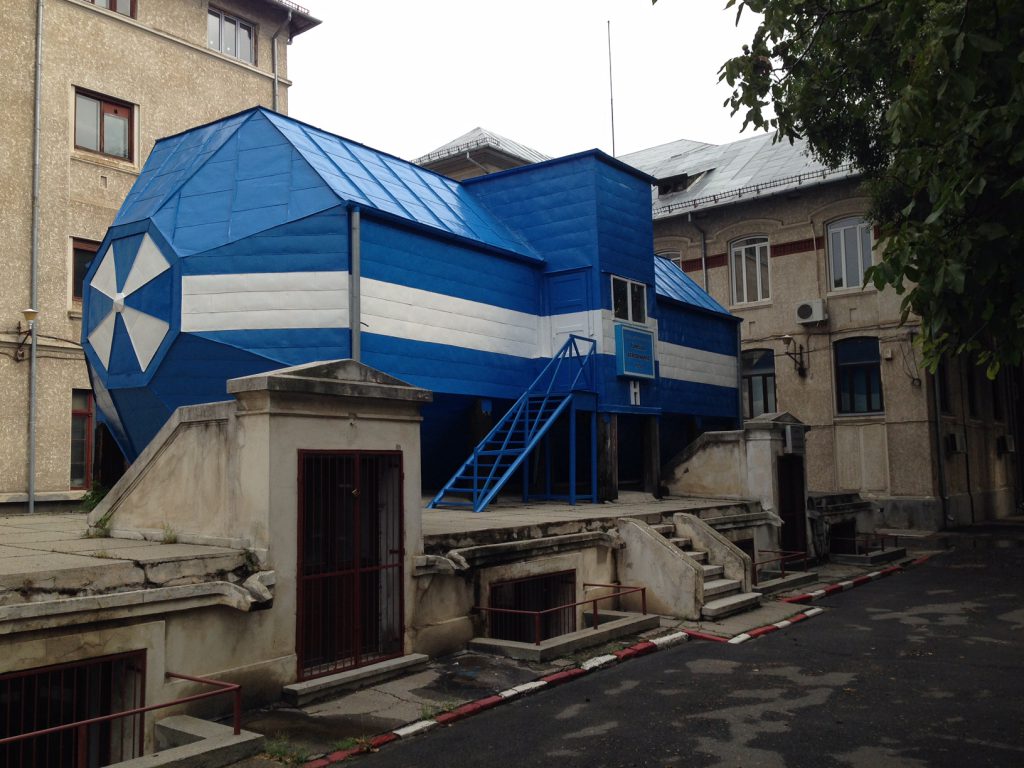
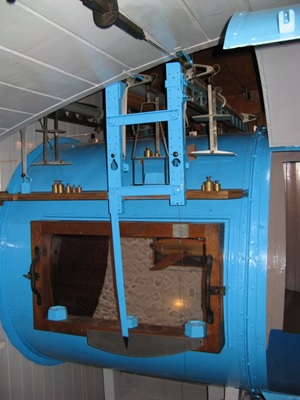
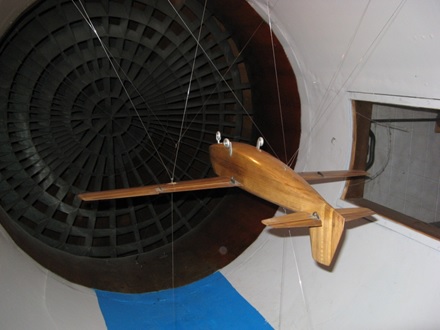
(This article was adapted after the presentations of Prof. Sterian Dănăilă, using original materials of the ”Elie Carafoli” Department of Aerospace Sciences, and using the paper of Conf. Nicolae Șerban Tomescu, ”An important achievement of Professor Ion Stroescu: the wind tunnel of the Polytechnic School of Bucharest” published in 2011 in the INCAS Bulletin. Another reference is the paper of Buiu V, Ion Stroescu (1888-1961) A Man and a Life –for a passion, INCAS BULLETIN, Volume 3, Special Issue/ 2011, pp. 1 – 15. A significant reference over the entire field is the book ”The History of the Higher Education in Aviation” by Prof. Virgil Stanciu)
Cosmonaut Dumitru-Dorin Prunariu at the UN – Declaration on NEO
The Romanian cosmonaut Dumitru-Dorin Prunariu made an important statement on NEO (Near Earth Objects) at the 59th session of the UN Committee on the Peaceful Uses of Outer Space, demanding the UN General Assembly to declare 30 June as International Asteroid Day to...
The Influence of Diesel Fuel on the Military Aviation Technology (Years 1985-1992)
These testimonials of my fellow avionics engineers regard the time span 1986-1992 and seem to be extracted from Zoshchenko. They are true stories of life of aviation engineers of that time, illustrating how high level engineering was done in a country, which...
Opportunities at ESA
Tomorrow's generation is a constant theme at ESA . Two new activities for students from all ESA member states (Romania is a full member from December 2011) are currently enrolling: Concurrent Engineering Challenge – deadline 27 July 2017 - "ESA’s Education Office is...
Rule Diploma Exam 2017
Correlation of the mark for knowledge in the Diploma Exam to the average grade of the years of study, according to Article 15, Paragraph 3 from the UPB Regulations to Finalize the studies is done by a rule issued by the Faculty Executive Board. The Faculty of...
Noble Jump 2017
Exercise NOBLE JUMP 2017 - NATO RF and VJTF took place at Cincu, in Romania. More than 4,000 troops have been involved (out of which 2,000 dispatched to Romania within days) from US, UK, Norway, the Netherlands, Poland, Spain and Albania. The fictitious scenario...
Airbus Safran Launchers Prize 2017
On 8 June 2017 at the Air and Space Museum of Paris Le Bourget, the students of the Faculty of Aerospace Engineering gathered in the Space Piranhas team have won the prestigious Airbus Safran Launchers Prize, awarded by the European Astronautic Club, with support from...
News Diploma / Dissertation
News on ending of studies have just been published on site, of interest for the 4th Year Bachelor and 2nd Year Master students. Read the news on Diploma Projects / Exams <here> Read the news on Dissertations / Dissertation Exams <here> Caution, the UPB...
Iosif Șilimon
”85 years back, on 22 July 1918, an outstanding man was born, who passed away on 8 February 1981, but will live in our memory and in the history of the Romanian aviation through the creation of the IS gliders. After graduation in 1941 of the Aviation Section of...
CFP Big Data from Space
Please note three Calls For Papers on Big Data from Space, kindly provided by Prof. Mihai Datcu (DLR): 2017 Conference on Big Data from Space (BiDS'17) Research, Technology and Innovation 28-30 November 2017 Centre de Congrès Pierre Baudis, Toulouse, France...
Introduction to Aerospace Engineering
The book was written in 2009 by Associate Professor Dr. Octavian Thor Pleter. It is written for the future aerospace engineers, in an attempt to capture both the complexity and the fascination of this cutting edge profession, in a holistic, multidisciplinary...


0 Comments